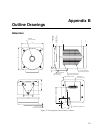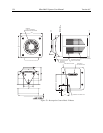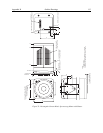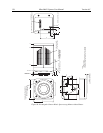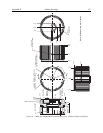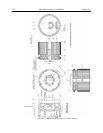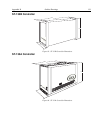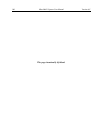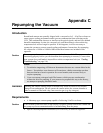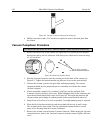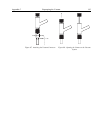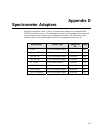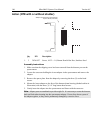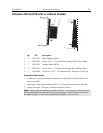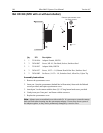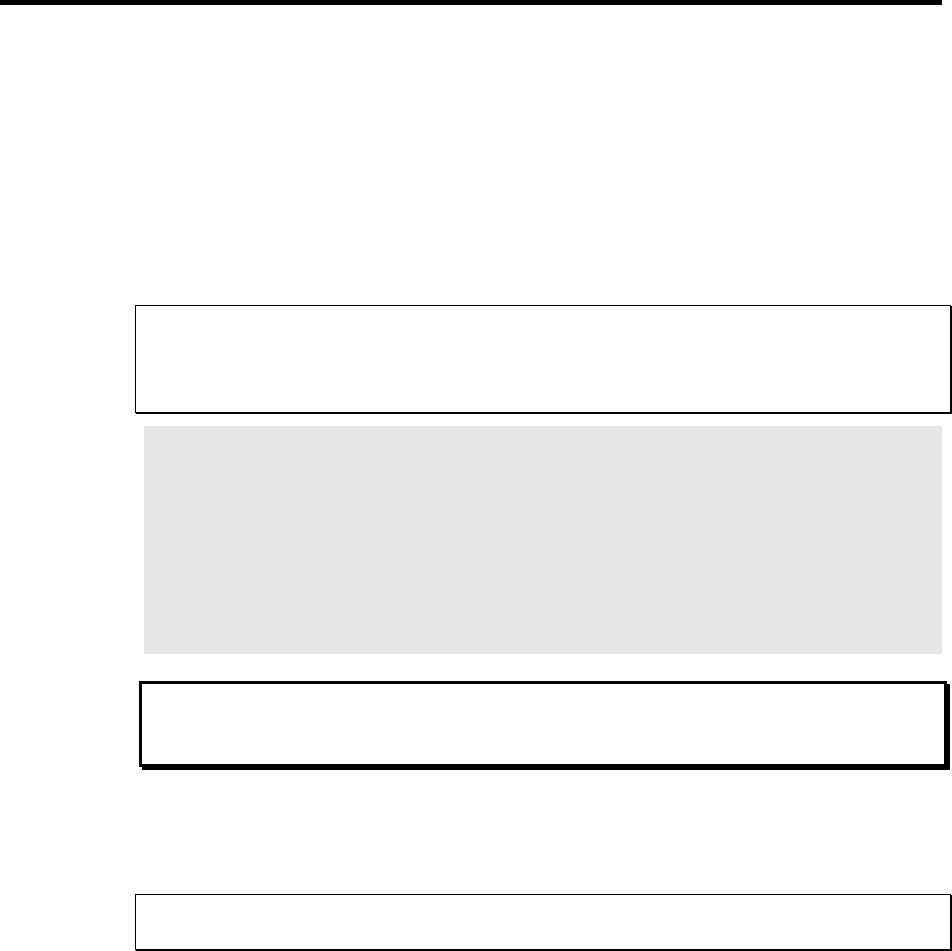
Appendix C
Repumping the Vacuum
Introduction
Round head cameras are normally shipped with a vacuum level of ~10 mTorr or better to
assure proper cooling performance and to prevent condensation from collecting on the
CCD. This condensation obscures or interferes with optical signals, and can leave behind
harmful contaminants. In time, the vacuum level could deteriorate to where achieving
temperature lock will no longer be possible. If this happens, it will be necessary to
repump the vacuum to restore normal cooling performance. Instructions for repumping
the vacuum for a 1 MHz or 100kHz/1MHz round head camera are included in this
appendix.
Do not repump the vacuum until system operation has been verified. The system must be
functioning properly before you can determine that repumping is necessary. Causes other
than vacuum loss could make it impossible to achieve temperature lock (see "Cooling
Troubleshooting" on page 114).
Caution
Notes:
1. To minimize outgassing, all Princeton Instruments detectors are vacuum baked at the
factory. Nevertheless, new detectors will experience a higher outgassing rate than
detectors that have been in operation for several months, and are more likely to
require repumping.
2. Users can request a nitrogen back-filled camera, which prevents condensation
without the need for pumping. If your camera was prepared this way at the factory,
no attempts at pumping should be made.
WARNING
Operating the camera without proper evacuation may result in serious or irreversible
damage from condensation. Do not operate the camera unless the vacuum chamber is
either evacuated or filled with a dry, non-corrosive gas (e.g. dry nitrogen).
Requirements
• A laboratory-type vacuum pump capable of achieving 10 mTorr or lower.
Your vacuum system must have a trap (ideally
cryogenic) placed between the camera and
the pump to prevent contamination due to backstreaming from the pump.
Caution
• Special vacuum pumpdown connector (PN 2550-0181), as shown in Figure 85.
141



